Baseball bats almost determined the future of the Fontenelle neighborhood early in its history, and have kept their importance almost the entire life of the park. Additionally, a golf course, beautiful pavilion and annual fireworks displays kept the place thriving, and the city’s first stadium was almost built there, too. This is a history of Fontenelle Park in North Omaha.

“Whack!”
The smack of the bat against a baseball rang out through the neighborhood, and with that, a crowd of 20,000 people cheered loud enough for almost all of North Omaha to hear.
The year was 1939, and the American Legion World Series was being held in Fontenelle Park along Ames Street. For more than 20 years, minor league ball was played in the park, with this world series a culminating event. Over the course of its entire life, North Omaha’s Fontenelle Park has hidden a great baseball legacy.

Horace’s Vision for Omaha

The City of Omaha bought 110 acres for about $90,000 in 1893. Late in the 1880s, the City of Omaha hired a famous parks designer named Horace Cleveland to lay out a plan for the city’s parks. Cleveland provided that plan. It was capped with a 500 acre central park for the city (Elmwood Park) along with several major parks where the city was growing, and long, meandering boulevards that were nice to drive on because of their landscaping and views.

One of those boulevards led to Fontenelle Park, which was planned to be a major park in the city. It became that, and a lot more.
Right away after buying the land, the city planted trees all over the park. However, people were mad at how much it cost, and nothing happened for the next 20 years.

Cleveland’s plan for the park was implemented in earnest in 1912. That year, things started to move along when the city built Fontenelle Boulevard through the park, along with a few other drifting driveways. The park was officially dedicated in 1914 with a gigantic fireworks display, and a few years later the lagoon was put in, fed by natural springs and ground water. It iced over in the winter and was perfect for skating.
A Suburban Dreamland

In 1920, the golf course was installed, and it was around then that the baseball field was installed, eventually with grandstands and concessions all around. By then, the nine-hole course was complimented with picnic areas, playground space, a sled-toboggan slide.
Throughout the 1920s, the park was crammed with people and special events. The biggest was a World War I commemorative fireworks display that was attended by 80,000 people. The Veterans of Foreign Wars (VFW) set off displays at the park for almost 50 years after that.

In 1927, the city built a beautiful two story pavilion out of brick and concrete. Inside, a hall and dance floor, a kitchen and showers waited for everyone to use. Around the pavilion wrapped a wide porch for collecting on hot summer nights, and shading during those same days. People could rent bikes, take long walks, picnic around the pond, and relax at this beautiful suburban dream.
By the late 1930s, the park was packed with the best times for North Omaha’s residents. A lover’s lane floated along the hillside south of the pavilion, and since Ames Avenue wasn’t a major street yet, there wasn’t a lot of distractions in this serene suburban park
Fontenelle Park Baseball Stadium
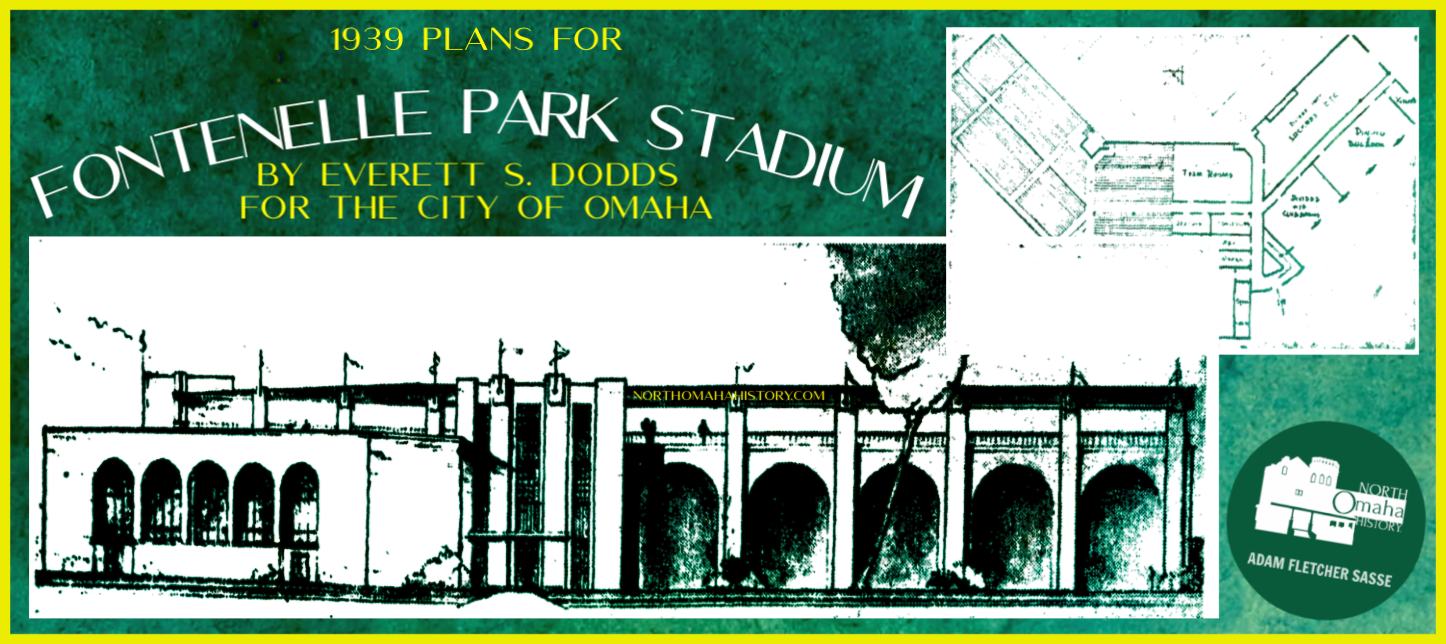
Given its strong and timely legacy in Omaha’s baseball scene, it should be no surprise that Fontenelle Park almost became home to the city’s first stadium.
During the Great Depression, the federal government invested heavily throughout Omaha with New Deal programs through the Works Progress Administration including a Civilian Conservation Corps and the Public Works Administration camp with hundreds of men to serve Omaha. From 1933 through 1940, there were a variety of projects throughout North Omaha. Things got really exciting in 1938 when the City of Omaha proposed developing the the city’s baseball stadium at Fontenelle Park.
The June of the next year, popular Omaha architect Everett Dodds completed designs for the Fontenelle Park Baseball Stadium at the request of to the Omaha City Council.
“This project would easily be self-liquidating.”
Everett S. Dodds, as quoted in the Omaha World-Herald, July 21, 1939
With seating for 12,000 people, the building was to include several tiers of seating, roofing over the seats and other features. It would also include a massive indoor gym and a community center to replace the pavilion that would have to be demolished for the plans. The original proposal suggested the stadium could house “amateur baseball during the daytime, professional baseball at night, Omaha University and professional football games, polo and various other events.”
With informal approval from most Council members and a commitment from the PWA, the structure was going to cost approximately $250,000 total. It was never built. In September 1939, designer Dodds himself proposed the city run a work relief levy to pay for the stadium and spread the construction across two years.
Instead, the baseball field was reconstructed and new bleachers were put in to hold 2,000 people.
In 1939, the minor league Omaha Cardinals were set to move in when neighbors said “No,” but not before the American Legion World Series held their events there that year. Crowds of 20,000 fans showed up, whooping and cheering late into long summer days on that North Omaha field. Those noisy smashing bats were never as loud again.
It took until 1947 for Omaha to build its municipal stadium, which was eventually named the Johnny Rosenblatt Stadium.
Lost Opportunities?

The early 1940s saw Fontenelle’s grandstands expanded and the field enlarged to major league measurements.
Right after World War II, Omaha’s mayor Rosenblatt floated the idea of building a “world class stadium” at Fontenelle Park. Originally called Olympic Stadium, it was supposed to house Omaha’s grand ambitions, which later took hold by making the city the home of the College World Series. However, neighbors around the park rejected the idea because of the traffic, lights, and noise.
At the same time, North Omaha was changing. With the expanding community of African Americans in Omaha starting to edge Fontenelle Park, and the current neighborhood’s rejection of a major stadium, the City of Omaha seemed to love the park a lot less.

By 1949, a city-wide planning committee recommended the golf course be ripped out, and the park be filled with more baseball facilities. They also wanted to see a swimming pool built, along with tennis courts and more playground space for small children. None of that ever came to fruition, and the baseball facilities didn’t expand.
At the same time, white flight had gripped North Omaha, and in their panic, many white people began fleeing the north end of the city. The African American community grew after World War II, the Omaha school district began integrating in the 1950s, and the area was changing.
Late in the 1950s the city paved over lover’s lane and installed street lights to discourage its status as a great place to makeout. They installed a firing range in the basement of the pavilion, and added tennis courts and a new building for tennis players and golfers in 1963.
In 1975, the VFW stopped their annual fireworks displays. With a city government and upper class seemingly entrenched in racism, the media piped negativity about African Americans and the middle class white flight from North Omaha continued.

Reclaiming the Park

After decades of neglect, in the 1990s North High’s baseball team began reclaiming the baseball fields. A few years later, the team’s parents and supporters pitched in to rebuild the fields, with new dugouts, grass, bleachers, and more. Seating fewer than 100 fans, its not quite like the old days, but it’s still a great place to watch high school baseball.
The rest of the park has wavered in its usage and support. The Joe Edmondson YMCA outreach program has been run in the pavilion for more than 30 years.
In 2019, the city completed renovating the park in a variety of ways. A water-blasting spray park has been built, and this fall there was a cleanup at the lagoon. However, the biggest change in the park is now happening. In fall 2012 the mayor of Omaha announced the City was adding many new components by removing a major one: the golf course. It is now home to several new elements designed to bring more people to the park. They include new walking trails, more picnic areas, more trees, places to fish, a new cross country track for high school and middle school students, and a disc golf course. The park is also home to a new facility for kids programs.

As for baseball, North High continues to grow its sense of place in the park. This hidden legacy breathes life and potential into the area by placing the high school in a positive relationship with neighborhood around it. The park has rich potential as a place for service learning and place-based learning, as well as experiential education activities of all kinds.
The future of North Omaha is growing, and Fontenelle Park shows one way Omaha can embrace that growth.
You Might Like…
- History of the Omaha Colored Baseball League
- A History of the Parkside Cafe in North Omaha
- History of Omaha North High School
MY ARTICLES ABOUT THE HISTORY OF PARKS IN NORTH OMAHA
PARKS: Adams Park | Miller Park | Fontenelle Park | Kountze Park aka Malcolm X Park | Hummel Park | Levi Carter Park | Jefferson Square Park
PRIVATE PARKS: Danish Vennelyst Park | Omaha Driving Park | Charles Street Bicycle Park | Omaha Rod and Gun Club | Carter Lake Club
AMUSEMENT PARKS: Kiddieland and the Pleasure Pier | Lakeview Amusement Park | Cortland Beach | Trans-Mississippi and International Exposition
RELATED: Kellom Pool | Omaha Municipal Beach | CCC Camp | Ames Avenue Bridge
MY ARTICLES RELATED TO THE HISTORY OF AMES AVENUE
NEIGHBORHOODS: Saratoga | Collier Place | Monmouth Park
INTERSECTIONS: 30th and Ames | 40th and Ames | 24th Street | North Freeway | Fontenelle Boulevard
BUSINESSES: LaRue’s | Max I. Walker | North Star Theater aka Ames Theater | King Solomon’s Mines aka Shaver’s | Beacon Theater | Parkside Cafe | Ames Plaza | Battiato’s Super Market | Mergen House
PUBLIC PLACES: Ames Avenue Bridge | Saratoga School | Charles Washington Branch Library | Monmouth Park School | North High School | Fontenelle Park
OTHER: Druid Hall | St. Vincent’s Retirement Home | Ames Avenue United Methodist Church | Mergen House
Elsewhere Online
- “Nebraska Minor League Baseball Fontenelle Baseball Park,” Baseball Fields of Nebraska website.
Bonus Pics!





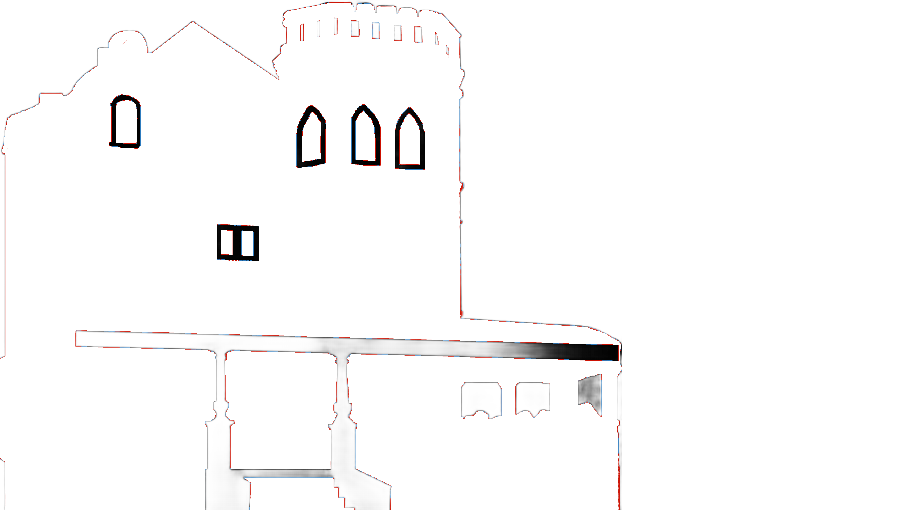
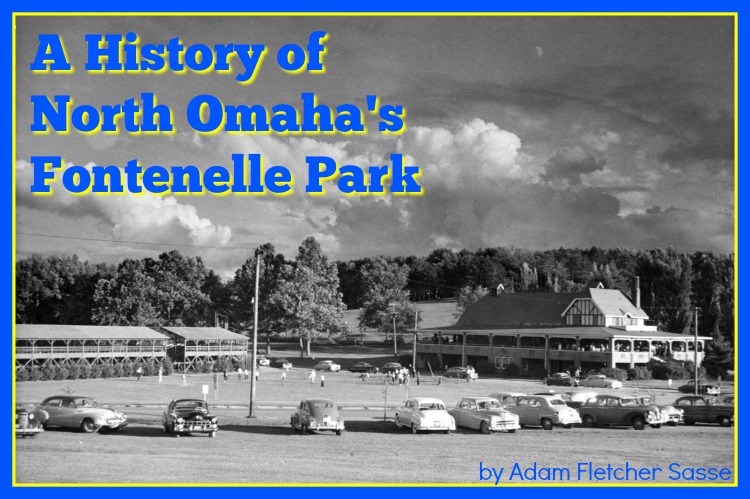
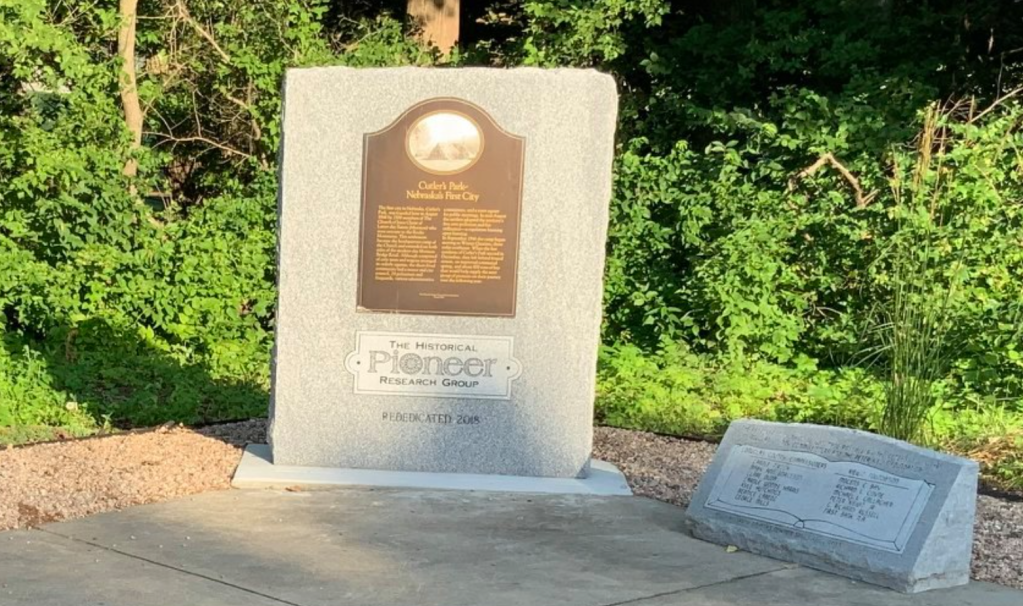
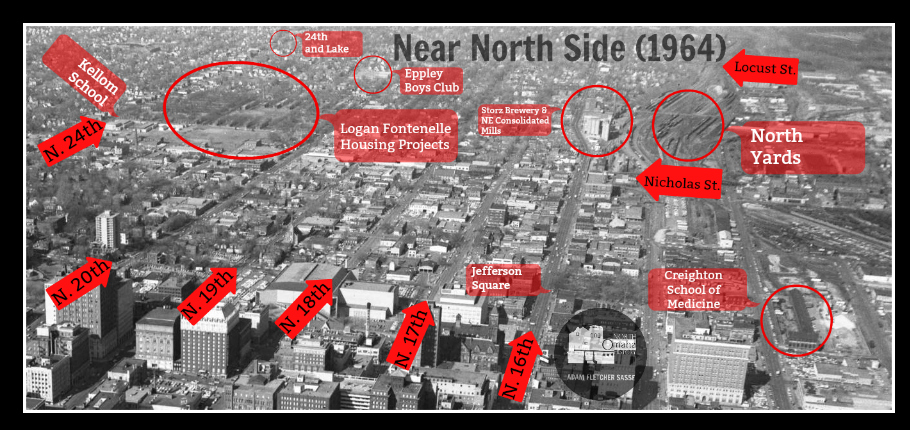

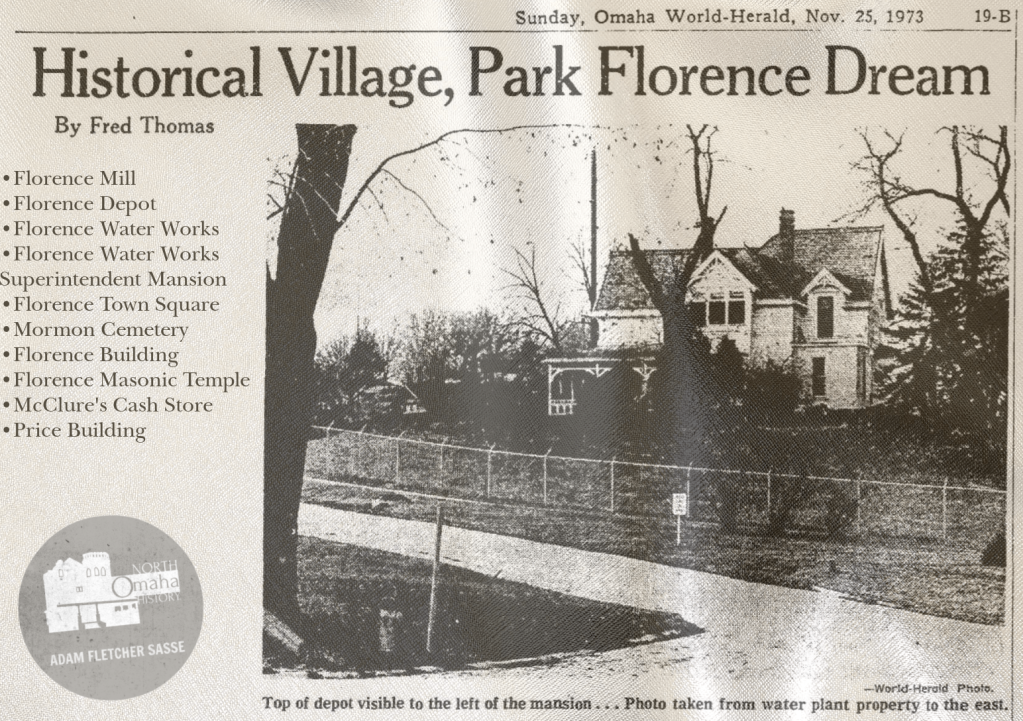
Leave a comment